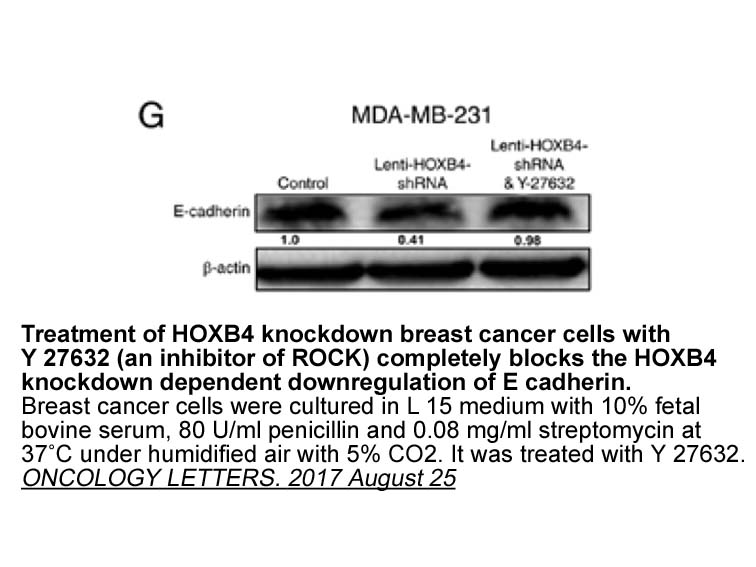Archives
br Disclosure statement br Acknowledgements
Disclosure statement
Acknowledgements
The  work was supported by the National Science Foundation of China (Nos. 81273526, 81473268) and Natural Science Foundation of Colleges and Universities (Nos. KJ2017A197).
work was supported by the National Science Foundation of China (Nos. 81273526, 81473268) and Natural Science Foundation of Colleges and Universities (Nos. KJ2017A197).
What is already known
What this article adds
Introduction
Sevoflurane is one of the most commonly used drugs in general anesthesia and has been employed for anesthesia induction and maintenance in pediatric patients for many years. Clinical evidence has suggested that pediatric patients may be susceptible to sevoflurane-induced prolonged impairment of behavioral development, cognitive, reasoning ability (Bjur et al., 2017; Eizaga Rebollar et al., 2017). Researchers have demonstrated that sevoflurane exposure may cause the neonatal widespread neurodegeneration and persistent learning deficits in rat tbtu during developmental phase (Wang et al., 2013; Yu et al., 2015). However, the specific mechanism of sevoflurane-induced neurotoxicity has not been fully elucidated. To mi nimize risks the risk of anesthesia in neonates, it is necessary to investigate the effect of sevoflurane exposure on the developing nervous system and develop effective clinical prevention and treatment measures to solve this conundrum.
A recent study (Sanchez et al., 2011) has found that general anesthesia induced mitochondrial morphogenesis and synaptic transmission impairment for a long period in puberty rat brain, accompanied by autophagy activity enhancement, indicating that autophagy may play an important role in general anesthetic neurotoxicity. However, the relationship between autophagy activity and sevoflurane-induced neurotoxicity has not been thoroughly studied. Therefore, it is important to investigate the possible role of autophagy in sevoflurane-induced neurotoxicity and the associated mechanism through further research. This study aimed to observe the changes in the levels of autophagy in neonatal rats hippocampus after sevoflurane exposure by Western blot, transmission electron microscopy, quantitative reverse transcription polymerase chain reaction, immunohistochemistry, and immunofluorescence as well as the intervene experiments of Rapamycin and 3-methyladenine and discuss the role of autophagy in sevoflurane-induced neurotoxicity.
nimize risks the risk of anesthesia in neonates, it is necessary to investigate the effect of sevoflurane exposure on the developing nervous system and develop effective clinical prevention and treatment measures to solve this conundrum.
A recent study (Sanchez et al., 2011) has found that general anesthesia induced mitochondrial morphogenesis and synaptic transmission impairment for a long period in puberty rat brain, accompanied by autophagy activity enhancement, indicating that autophagy may play an important role in general anesthetic neurotoxicity. However, the relationship between autophagy activity and sevoflurane-induced neurotoxicity has not been thoroughly studied. Therefore, it is important to investigate the possible role of autophagy in sevoflurane-induced neurotoxicity and the associated mechanism through further research. This study aimed to observe the changes in the levels of autophagy in neonatal rats hippocampus after sevoflurane exposure by Western blot, transmission electron microscopy, quantitative reverse transcription polymerase chain reaction, immunohistochemistry, and immunofluorescence as well as the intervene experiments of Rapamycin and 3-methyladenine and discuss the role of autophagy in sevoflurane-induced neurotoxicity.
Materials and methods
Results
Discussion
In the present study, we explored the role of autophagy in sevoflurane-induced neurotoxicity through observing the changes in the levels of autophagy in neonatal rats hippocampus after exposure of 3.4% sevoflurane for 4 h × 3d. Our results showed that sevoflurane elevated the levels of Beclin-1mRNA, LC3mRNA, Beclin-1, LC3-II protein, the number of the Beclin-1-positive and LC3-positive neuron, and decreased the levels of P62mRNA, P62 protein and the number of P62-positive neurons at 1d, 2d, and 3d. Furthermore, we found that autophagic vacuoles comprised of the cellular material or membranous structures increased after exposure to 3.4% sevoflurane for 4 h × 3d by transmission electron microscopy. These suggest that autophagy may be associated with sevoflurane-induced developmental neurotoxicity and promoting protective autophagy may be an exciting method for guarding against sevoflurane-induced developmental neurotoxicity. Our results further confirmed recent study that various anesthetic agents, including sevoflurane, improved autophagy production in the hippocampal neurons (Zhang et al., 2016).
The data of Xiao et al. (Xiao et al., 2016) suggested that 6-h exposure of 3% sevoflurane could cause synaptic plasticity impairment in the hippocampus and spatial and nonspatial hippocampal-dependent learning and memory deficits in the developing brain. Our previous study results also provided further evidence that sevoflurane may induce neonatal hippocampal damage by causing microtubular disarray and increasing tau mRNA levels and tau protein excessive phosphorylation at Ser396 and Ser404 in the hippocampus of rats (Hu et al., 2013). Furthermore, a recent study (Sanchez et al., 2011) showed that anesthesia combining administering isoflurane, nitrous oxide, and midazolam at the synaptogenesis peak results in protracted injury to mitochondria accompanied by heightened autophagic activity. Therefore, we investigated whether the concentration of sevoflurane exposure would be adequate for causing the changes in the levels of autophagy in neonatal rats hippocampus. We also discussed the role of autophagy in sevoflurane-induced neurotoxicity and the correlation between apoptosis and autophagy of hippocampus neurons.